Five Ways Principals Drive Student Outcomes
Principals collaborating at PIVOT’s Leader Summer Institute
When we support school leadership, school communities -- from students and teachers to families and staff -- benefit.
One of the most frequent questions we get here at PIVOT is, “Why principals?” What does a school get by developing its leadership that it can’t get from investing in other areas? The answer comes from both research and our lived experience. Principals hold more levers for change than anyone else in a school building. When they have the knowledge, skills, mindsets, and support to lead well, they can shape everything from instruction to culture in ways that directly boost student success.
Here are five ways we see that impact everyday:
1. Principals impact teacher satisfaction and retention.
Teachers often say that support from their principal is one of the biggest factors in whether they stay at a school or move on, according to the Learning Policy Institute. And the data back that up: when a principal leaves a high-need school, nearly 43% of its teachers do too. When teachers leave, schools lose valuable knowledge and expertise—and the cost is steep. In a large urban district, each departure can cost close to $20,000 to recruit, hire, and train a new teacher.
In schools serving students from largely low-income backgrounds, the impact of effective principals is even greater—they identify and keep the strongest teachers. Principals shape the culture of the school. When done well, they create space where teachers feel known, heard, and supported, where teachers are growing, making an impact, and where they want to stay. Effective principals protect time for planning and collaboration, create mentorship opportunities for new teachers, and give their teams space to innovate while keeping proven practices in place. In short, they make sure teachers have what they need to do their best work—and that’s what keeps great teachers in classrooms.
2. Principals impact family engagement.
Principals are often the face of a school, and whether or not they choose to center families’ experiences sets the tone for what parents and caregivers expect. A 2021 study showed that when principals are perceived as strong leaders, families at their schools are more engaged. When families are welcomed as partners, teachers are encouraged and given time to connect with families, and the overall culture of a school is positive, family engagement improves. In a report from the University of Delaware’s Partnership for Public Education, “a few pivots on the part of principals may transform the ways that parents and families participate in and engage with their students’ schooling.”
3. Principals impact the quality of instruction.
It’s a misconception that principals don’t have much influence on teaching and learning at the classroom level. The most effective principals have a clear vision for instruction and support their teams to ensure that vision comes to life. Effective principals are at the center of the systems that enable instruction including scheduling, coaching, PLCs, HQIM, data systems, and adult culture. They coach their leadership teams, and teachers, helping them identify areas to grow, and working with them to use data to guide curricular decisions and interventions, according to a report from the Wallace Foundation.
4. Principals impact student attendance.
Relationship-building is the pillar upon which great principals engage families and support their teachers. Similarly, their commitment to creating a positive, welcoming environment affects how students feel at school. A principal’s role in creating systems and structures that keep a school running also influence how students who are chronically absent are identified and offered support.
A study in Education Researcher that followed school principals in Tennessee for a decade found that an increase in principal quality reduced the likelihood of chronic absenteeism by four percent. This effect is even greater in lower income schools, which tend to have the highest rates of absenteeism.
5. Principals impact student academic achievement.
Teacher retention, family engagement, quality of instruction, and student attendance are well-known predictors of academic success. Given the four previous points, it follows that great principals are necessary for student academic achievement. Research supports this, showing a direct connection between student performance and principal quality. In fact, a study published in Education Next found:
“Our results indicate that highly effective principals raise the achievement of a typical student in their schools by between two and seven months of learning in a single school year; ineffective principals lower achievement by the same amount.”
We’re proud that principals who have participated in PIVOT’s leadership development cohorts have achieved similar outcomes. They’ve had significant improvements in rates of teacher retention and chronic absenteeism. Ultimately, their efforts have increased student academic success on their campuses. About 9,500 students have benefited from their commitment to developing their practice through PIVOT.
If you think you or your team members might be a good fit for PIVOT’s programming, learn more here.



